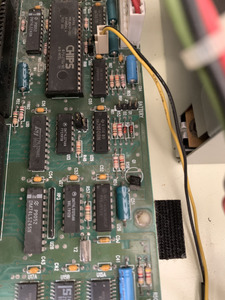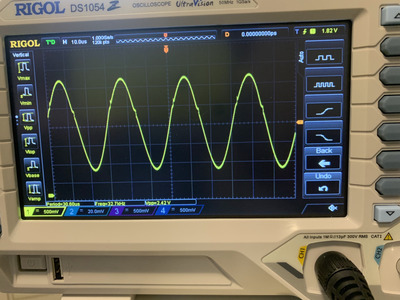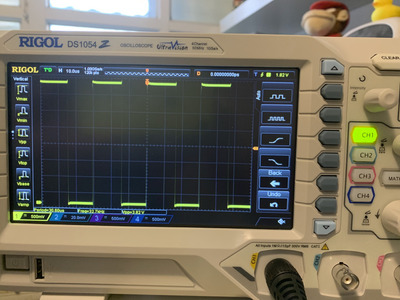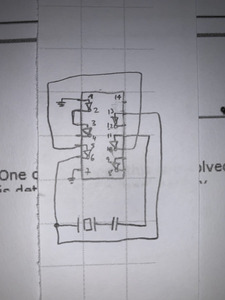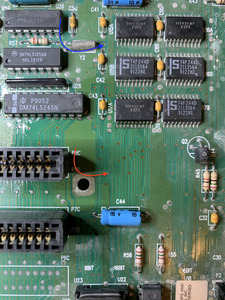First post, by anetanel
I have a 286 motherboard, running the CHIPS & Technologies 82C235 chipset.
(Help identifying a 286 motherboard)
I found it to be 99% identical to this board:
https://theretroweb.com/motherboards/s/dtk-tech-1636
When I got it, I used an external Tadiran battery (3.6v) and it worked fine for a while, but now it is always giving this error on boot:
"Real time clock error"
If I enter the BIOS/SETUP I can set the time, but when exiting and resetting it always give the error.
When entering the BIOS again, the time shown is the same as I entered, no matter how much time has passed.
What I tried so far:
- Verified with a multimeter that the battery gives 3.6v.
- Replace the battery with an identical one.
- Replaced the battery with a 3xAA pack, that measures about 4.8v.
- Reset the CMOS with debug command:
debugo 70 2Eo 71 FFquit
Nothing so far helped.
Occasionally when I mess with the battery I get another message, something like: "System battery is dead. Replace and run SETUP". Though I'm not able to consistently replicate this, and after setting the time it goes back to give the same "Real time clock error" error.
Unlike the DTK TECH-1636 motherboard, mine does not have an internal battery option, and the 3-pin W7 jumper that supposed to switch between internal and external battery, is a 4-pin grid, where pins 2&4 are shorted internally, pin 1 in connected to the battery connector pin 1 (which is the hot wire), and pin 3 is going to the d2 diode. Not sure what to make of it.
The battery used to work without me changing anything in that jumper (It had a jumper between 2-4 which are connected anyway).
Searching the forum I found some similar errors, but as far as I can tell they were all related to the dreaded DALLAS chip, which I don't have on my board (right? am I missing it?)
Any help is appreciated 😀
